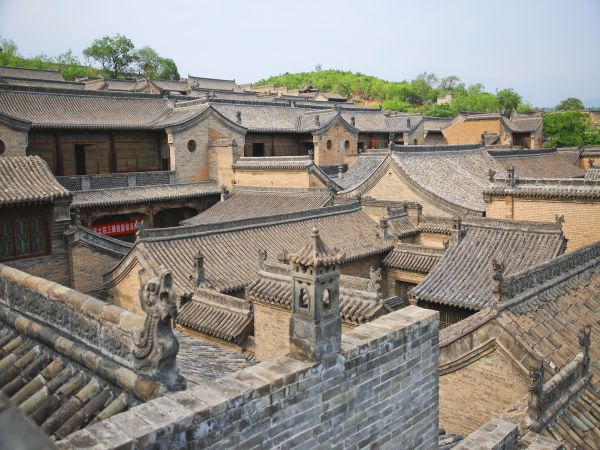The Top Attractions in Pingyao
Pingyao Ancient Town
Located in the mid-eastern region of Shanxi Province, Pingyao Ancient Town has more than 2,700 years of history and has the best-preserved city wall in China. Pingyao maintains the architectural aesthetics of traditional Chinese buildings and has preserved its urban design and architecture from the Ming and Qing dynasties, earning it a place on the UNESCO world heritage list.
The ancient city wall is one of the "three treasures" of Pingyao, along with Zhenguo Temple and Shuanglin Temple. This wall is the oldest in China and has remained almost intact. In addition to its age, Pingyao is famous for having been a crucial commercial center and home to the country's oldest bank, established in the 19th century, also serving as the financial center of the Qing government.

Qiao Family Great Courtyard
20 kilometers north of Pingyao, the Qiao Family Great Courtyard was home to an influential merchant family. This complex is fortified with a 10-meter-high wall and has 60 courtyards, 19 large courtyards and 313 rooms. From an aerial view, the courtyard layout forms the Chinese character for "double happiness". The buildings are organized so that every two courtyards are closely linked, with a structure reminiscent of the scales of a fish and the teeth of a comb. The six main buildings are divided by corridors and have numerous patios and gardens.

Wang Family Great Courtyard
Located 35 kilometers from the ancient city of Pingyao, the Wang Family Great Courtyard is four times larger than the Qiao Courtyard. This former private residence of Wang Lan encompasses 54 courtyards and 1,052 rooms, making it the largest group of popular residences in China. The complex, which took more than half a century to build, is a leading example of merchant residential architecture in Shanxi Province, covering around 45,000 square meters with 123 compounds and 1,118 rooms.

Shuanglin Temple
Shuanglin Temple, also listed as a World Heritage Site along with Pingyao Ancient City and Zhengguo Temple, was rebuilt in 571 AD. The temple buildings belong to the Ming and Qing dynasties. There are more than 2,000 painted clay statues dating back to the Song, Yuan, Ming and Qing dynasties. The Shuanglin Temple complex is divided into an eastern part and a western part, with the western part being the most visited by tourists, with three courtyards and ten main halls, including the Buddha hall and the Buddhist scripture hall.

















